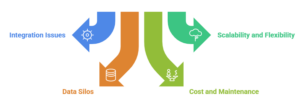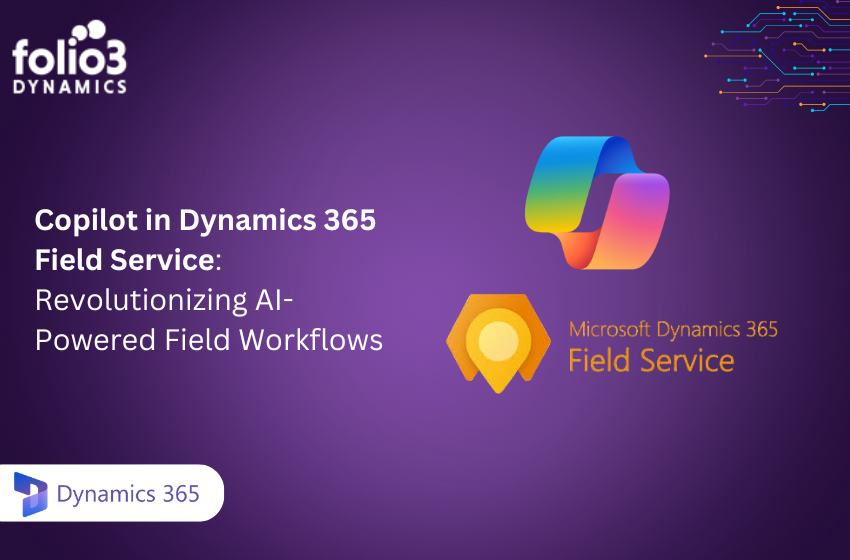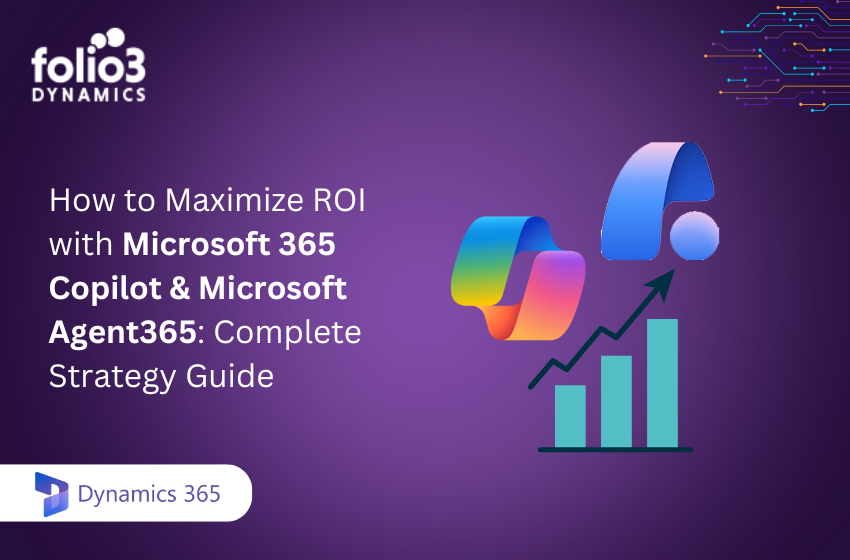Introduction to Smart Manufacturing
Smart manufacturing has brought about a massive revolution in the manufacturing world. It has flipped the traditional methods to highly automated, data-driven functions. This transformation is taking over the world by a sweep!
This is because smart manufacturing is now a must for businesses struggling to remain competitive in a highly globalized market.
The integration of advanced technologies, especially the Internet of Things (IoT) and Enterprise Resource Planning (ERP) systems, has introduced a new era of manufacturing where efficiency, quality, and responsiveness are the catalysts for speeding up manufacturing!
As factories are reverting to smart manufacturing environments, the requirement for deep integration of IoT with ERP systems has become a necessity rather than a mere luxury.
Smart manufacturing helps organizations gather and analyze data in real-time, make informed decisions, and improve their processes.
In this article, we will examine and discuss the essential role that IoT integration with ERP has in promoting smart manufacturing across the globe. Also, the challenges faced by manufacturers, and the future trends that will define the industry.
The Role of AI and IoT in Smart Manufacturing
Artificial Intelligence (AI) and IoT are the forces in action behind manufacturing these days. IoT boosts manufacturing environments with the power of smooth connectivity, enabling devices, sensors, and machines to communicate and share data without requiring human intervention.
This facilitates real-time performance tracking and data collection. This way manufacturers have quick access to information that helps in long-term decision making.
AI works in unison with IoT devices by integrating intelligent automation and predictive analytics. For example, machine learning algorithms can analyze massive data sets to forecast equipment failures proactively, this is called predictive maintenance.
By rising above the traditional maintenance strategies, AI kicks off efficiency and minimizes downtime, ultimately leading to cost savings.
Importance of ERP Solutions
ERP systems are the backbone of manufacturing operation management. They provide a centralized platform to manage production, inventory, supply chain, and other key operations.
ERP systems when integrated with IoT, optimize operations and inculcate real-time data that helps in making intelligent decisions.
This unison of ERP and IoT leads to multiple advantages:
- Improved Operational Efficiency: Real-time data analysis enables organizations to spot inefficiencies in their operations and improve their production processes.
- Enhanced Decision-Making: Immediate access to accurate data helps management make informed and smart choices about resource allocation and production scheduling.
- Innovative Practices: Integration encourages innovation, helping companies to quickly respond to market changes and consumer demands.
Current Technology Landscape
A majority of mid-level manufacturers currently use a combination of ERP, Manufacturing Execution Systems (MES), and Customer Relationship Management (CRM) systems.
These technologies have enhanced operational efficiency and resource management. However, as manufacturing complexity increases, traditional systems alone may no longer be sufficient anymore.
Challenges for Mid-Level Manufacturers
Although the benefits of IoT integration with ERP are evident, still the mid-level manufacturers come across many challenges, such as the following:
- Integration Issues: Connecting new IoT and AI technologies to the current ERP systems is a hurdle for many, and it frequently results in operational inefficiencies and data silos.
- Scalability and Flexibility: Traditional ERP solutions are often insufficient when it comes to scalability which is a must for enabling future growth and ermbracing technological advancements.
- Data Silos: Data fragmentation in systems hampers effective decision-making, and hinders quick operational responses.
- Cost and Maintenance: High costs due to legacy systems and reactive maintenance approaches can raise overall operational expenses.
AI Applications in Smart Manufacturing
The integration of AI with manufacturing processes has revamped multiple operational functions, such as the following:
- Predictive Maintenance: AI forecasts equipment failures in advance, hence minimizing the probability of unanticipated downtime and maintenance costs.
- Quality Control: By utilizing data analysis, AI detects quality issues during production. This massively reduces defects and guaranteess good product quality.
- Demand Forecasting: AI optimizes inventory management by analyzing buying patterns and anticipating demand accurately.
- Process Optimization: AI identifies inefficiencies in production, resulting in better resource allocation and cost reduction.
IoT Applications in Smart Manufacturing
IoT has become the base for smart manufacturing processes:
- Real-Time Monitoring: By continuously executing the performance assessment of machinery you can make immediate adjustments to maximize productivity.
- Asset Tracking: Better visibility of inventory and resources through IoT results in fewer delays and improved order fulfillment.
- Increased Connectivity: Promoting smooth communication between systems leads to better operational coordination that boosts efficiency.
Steps for Successful AI and IoT Integration with ERP
Successful integration of AI and IoT with ERP systems is a step-by-step process:
- Assess Existing Systems: Firstly assess the compatibility of your current ERP systems with new IoT and AI technologies, before you make the move.
- Select Appropriate Solutions: Choose IoT and AI products that match the manufacturing goals and can cope with the current infrastructure.
- Implement Integration: Use APIs or middleware to connect IoT devices and AI algorithms with the ERP System.
- Testing and Validation: Execute exhaustive tests and validations of the integrated system to make sure that it is functioning properly and the data is reliable.
Customization and Flexibility Challenges
Customization is a must if you want to maximize the effectiveness of ERP systems in the domain of smart manufacturing. However, it is often that manufacturers have integration challenges such as the following:
- Technical Issues: Making sure that there is smooth data exchange between diverse technologies can be difficult.
- Data Management Hurdles: Managing large volumes of data poses challenges in maintaining data integrity.
- Cost Management: Manufacturers must evaluate the short-term investment costs and the long-term ROI associated with new technologies.
Future Trends in Smart Manufacturing
The future of smart manufacturing and IoT integration is very bright, owing to the following reasons:
- Advanced AI and Edge Computing: The use of edge computing will further advance automation and data processing capabilities closer to the source, hence it will speed up responsiveness.
- Cybersecurity Strengthening: As interconnectivity increases, so does the need for powerful cybersecurity measures to safeguard sensitive data.
- Sustainability Initiatives: The adoption of IoT will continue to help manufacturers improve sustainability practices with the help of improved resource management and waste reduction.
Conclusion
The union of AI and IoT with ERP solutions has led to a massive revolution in manufacturing efficiency, maintenance, and quality control.
As manufacturers are investing enthusiastically in integrating these technologies, they are paving the way for better operational capabilities and stronger competitive advantages.
However, this journey needs full commitment to effective integration, customization, and a keen eye toward sustainable practices.
At Folio3, we understand the transformative power of smart manufacturing. As a well-known Microsoft Solutions Partner, we are dedicated to guiding businesses in their digital transformation journey.
We make sure that the integration of IoT with ERP systems leads to innovation and excellence in operations. By partnering with us, you can maximize the potential of these technologies to uplift your manufacturing operations and maintain your competitive edge in the market.
Let us join hands and work together to usher in a smarter, more efficient manufacturing future.



